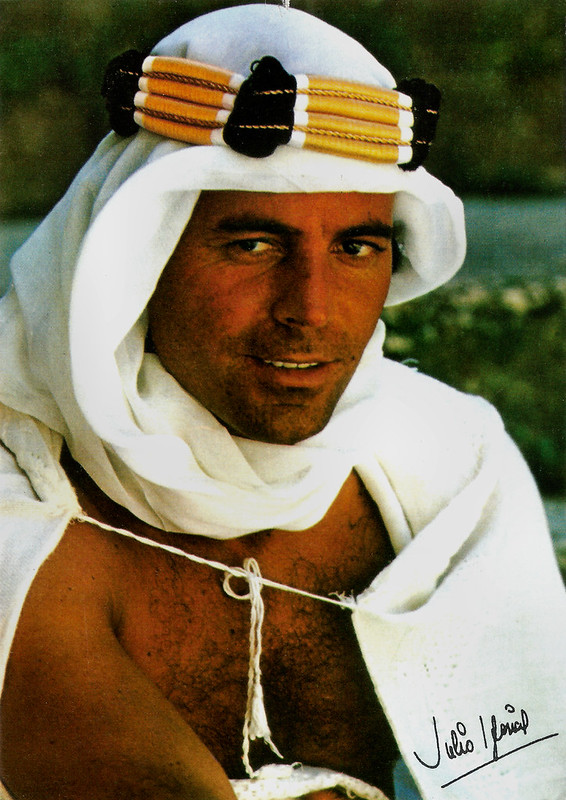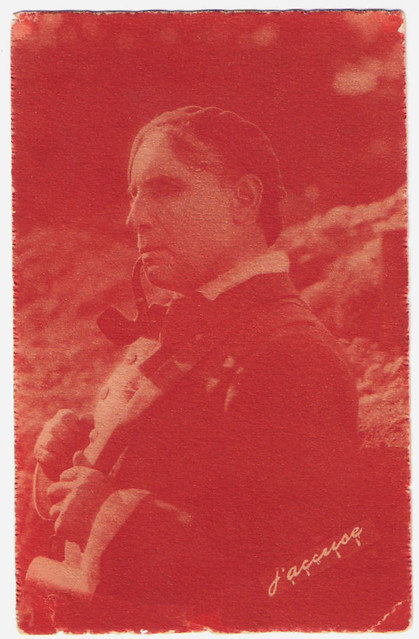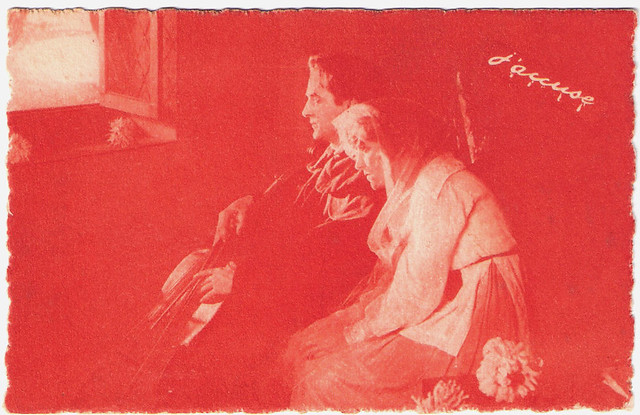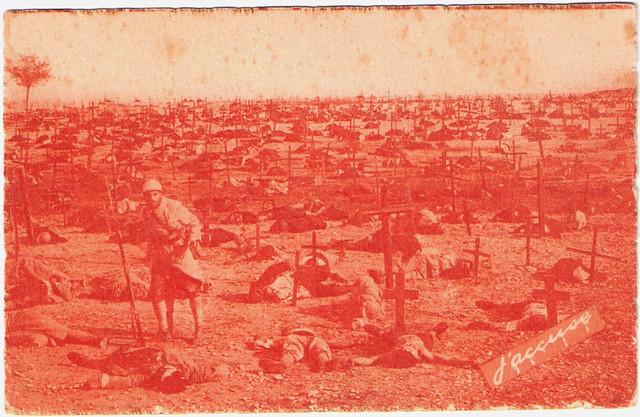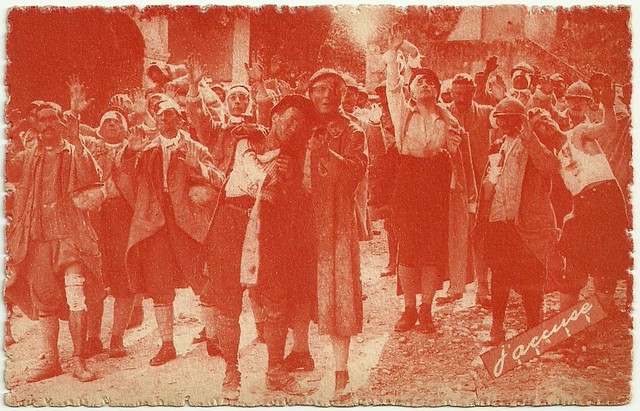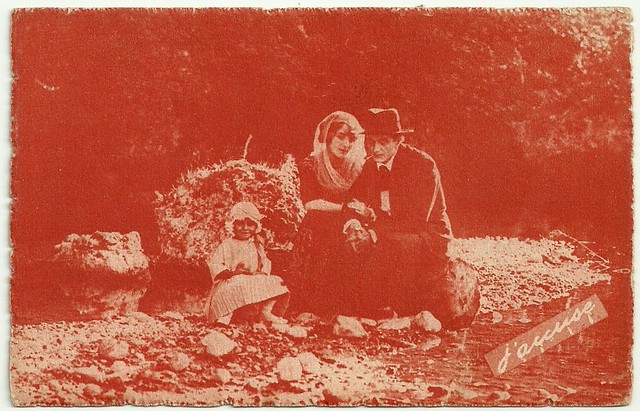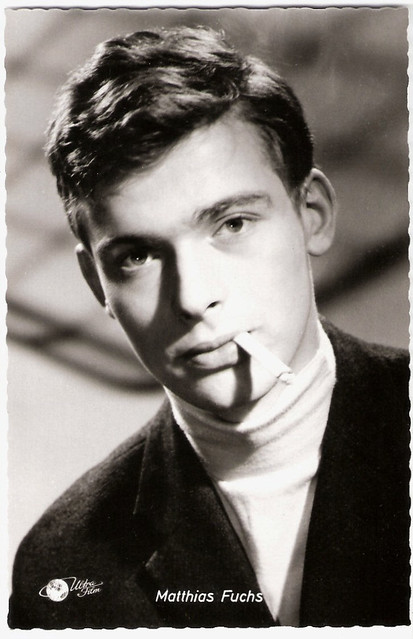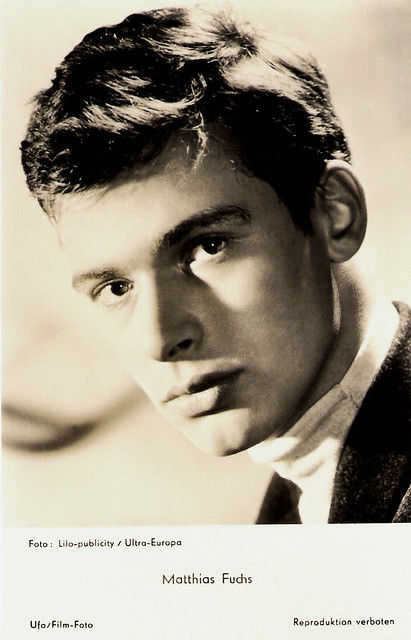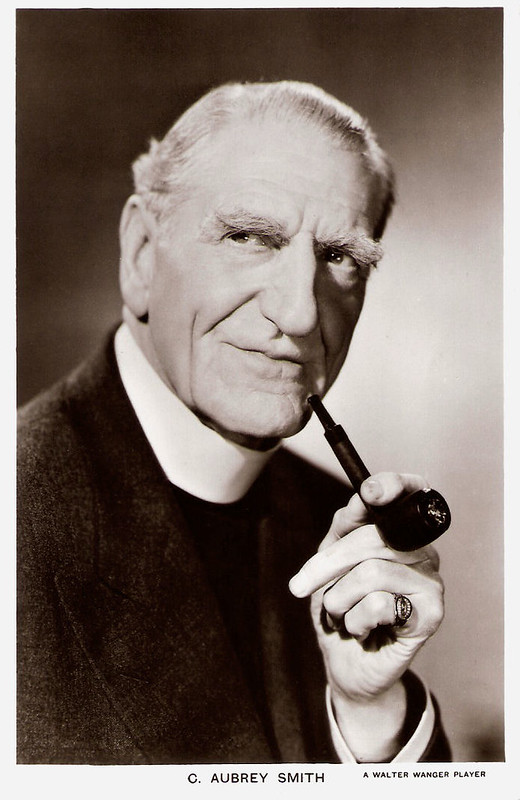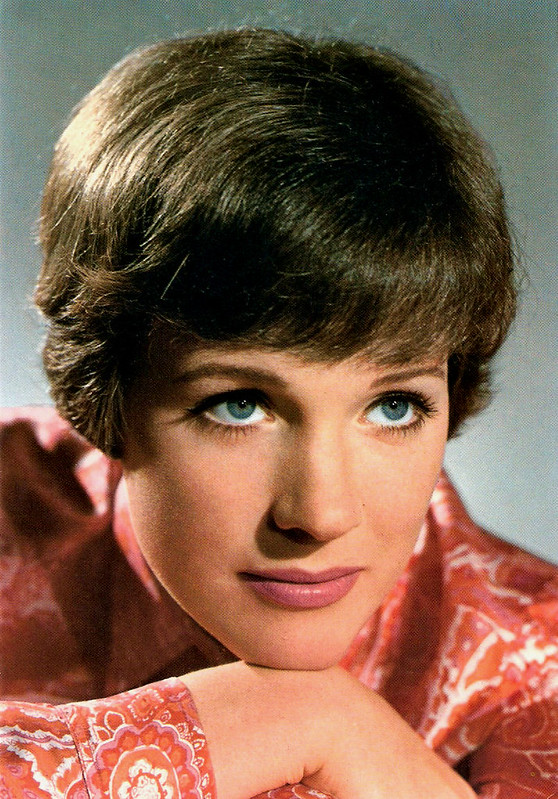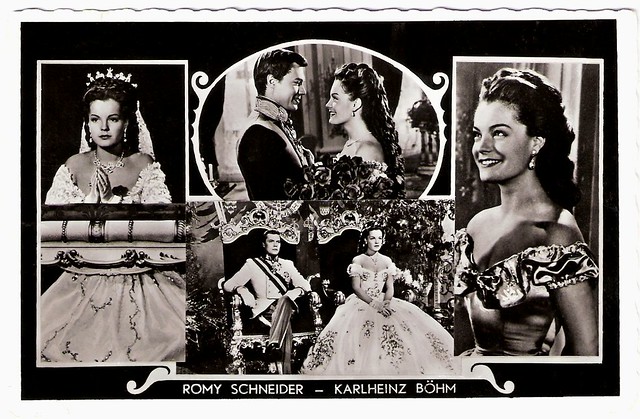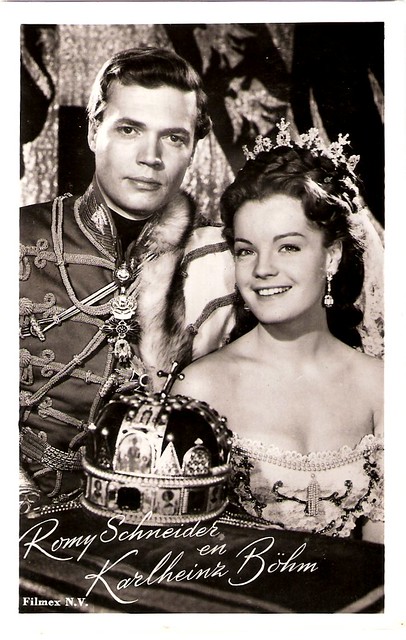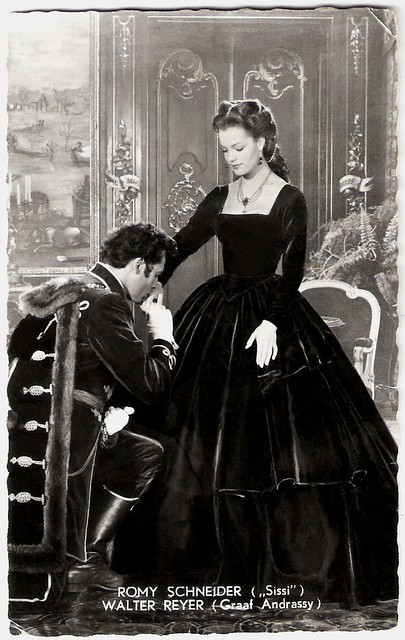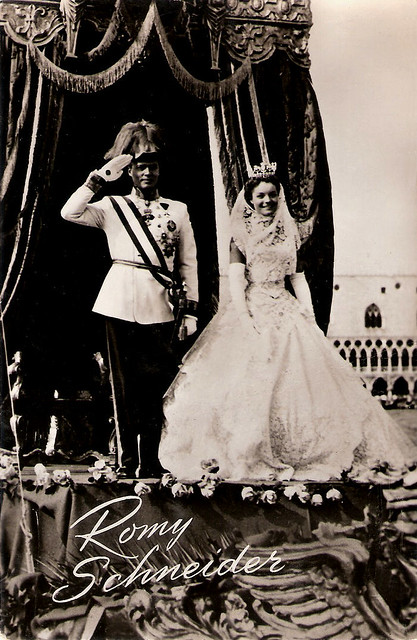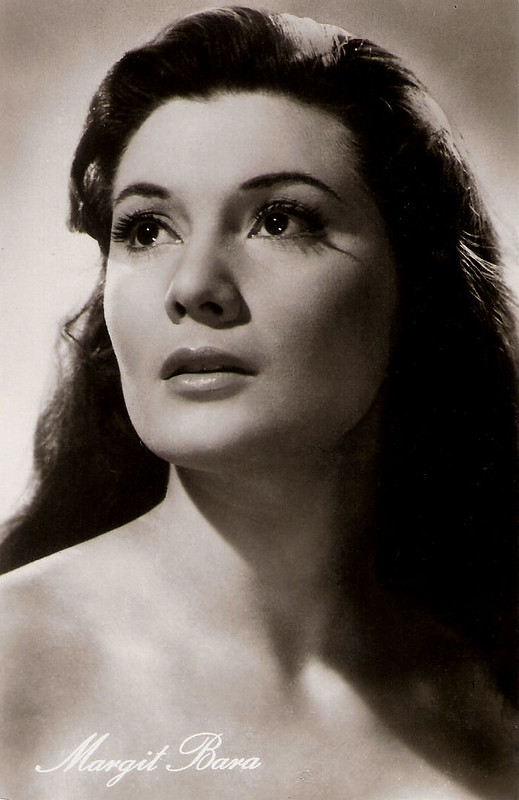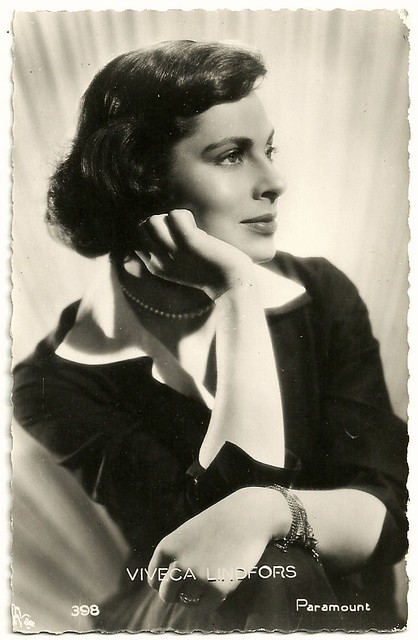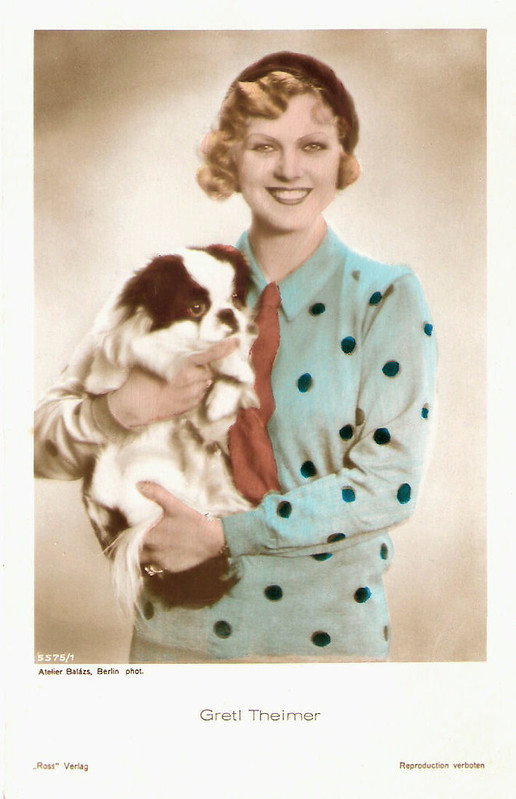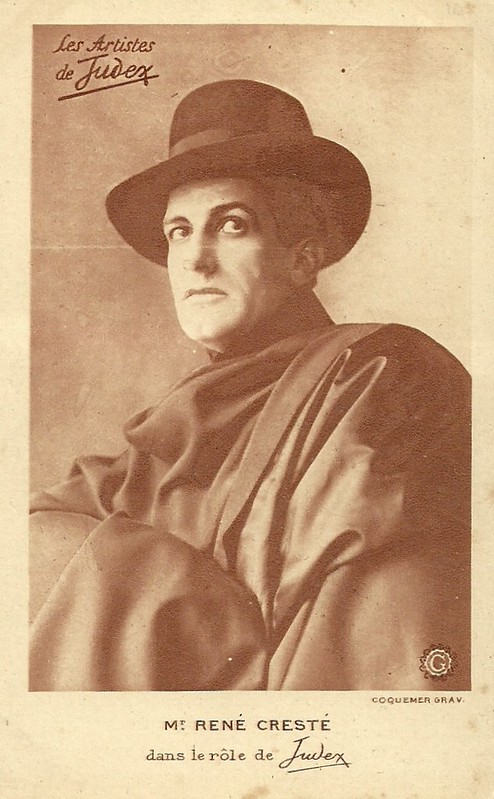In the 1960s, beautiful blonde British starlet Gillian Hills (1944) rose to fame in France, where she a was a successful yé-yé singer and debuted in Roger Vadim’s Les Liaisons dangereuses (1959). In Great Britain she played the title role in the cult film Beat Girl (1960) and also appeared in classics like Blowup (1966) and Clockwork Orange (1971).
![Gillian Hills]()
French postcard by Publistar, Marseille, offered by Corvisart, no. 1125. Photo: Patrick Bertrand.
Gillian Hills was born in Cairo, Egypt in 1944. Her parents were author and adventurer Denis Hills and Dunia Leśmian, daughter of Polish symbolist poet Bolesław Leśmian. She spent her early years in France.
Only 14, she was discovered by Roger Vadim. He saw her as the new Brigitte Bardot and cast her in his Les Liaisons dangereuses//Dangerous Liaisons 1960 (Roger Vadim, 1959), starringJeanne Moreau and Gérard Philipe. Vadim updated the 1892 novel by Pierre Choderlos de Laclos to a late-1950s French bourgeois milieu. Her small part prompted an appearance on the cover of Paris Match magazine.
In Great Britain, she played teen terror Jennifer Linden in the juvenile delinquent film Beat Girl (Edmond T. Gréville, 1960), a cult classic about the London beatnik scene. Among her co-stars were David Farrar, Christopher Lee, Adam Faith in his first film role and Oliver Reed, with whom Hills danced the hippy-hippy-shake. The soundtrack was composed by John Barry, known for his later James Bond scores.
Bruce Eder at AllMovie does not like the film: “Apart from the rock & roll music that is woven into the action, provided by Adam Faith and the John Barry Seven, and some good location shots around London's Soho circa 1959-1960, there never was much to recommend this unconvincing drama, whose plot, dialogue, and acting all seem totally artificial. Even the so-called ‘beatniks’ were more juvenile delinquents than non-conformists, and had little (if any) resemblance to the real beats (mostly would-be artists and poets) who lived in Soho.
Gillian Hills, who would make a much bigger splash in Blow-Up a little more than a half-decade later, gives a horrendous performance as the troubled teen whose frustration with her family life (which includes a luxurious home with servants) leads her to disaster.”
![Gillian Hills]()
French postcard by E.D.U.G., no. 312, presented by Corvisart, Epinal. Photo: Sam Lévin.
![Gillian Hills]()
French postcard by Editions P.I., no. 1087, presented by Corvisart, Epinal. Photo: Ektachrome Anders.
![Gillian Hills]()
French postcard by PDG, no. 1205, presented by Corvisart, Epinal. Photo: Dalmas / Disc AZ.
Gillian Hills then signed with the Paris-based Barclay Records label and released her first EP entitled Allo Brigitte..ne coupez pas! (1960). The song Cou-couche panier proved the most popular track and became a top ten hit in January 1961.
With Eddie Constantine she recorded the duets Spécialisation and Aimons-nous, both originally Marilyn Monroe songs from the film Let’s make love.
In 1961, the new yé-yé star performed at the prestigious Olympia Theatre in Paris on a bill with Johnny Hallyday.
She also appeared with Catherine Deneuve and Hallyday in a segment of the anthology film Les Parisiennes/Tales of Paris (Marc Allégret, 1962). She released the track C’est bien mieux comme ça from the film, backed by rock group Les Chaussettes Noires. The song gave her another hit, reaching the top 20.
Her next EP included the songs, En dansant le twist– a version of The Shirelles’ Mama said and Helen Shapiro covers, Je reviens vers le bonheur (Walkin’ back to happiness) and Mon cœur est prêt (Don’t treat me like a child).
Yé-yé girls were all the rage, and Gillian’s next release, Tu mens, was a slab of Sylvie Vartan-styled yé-yé. One of the chief differences between the two singers, however, was that Gillian had begun writing most of her songs herself, but the EP was not a commercial success.
In Germany she played a white jungle goddess opposite Pierre Brice in the adventure film Die goldene Göttin vom Rio Beni/Golden Goddess of Rio Beni (Franz Eichhorn, Eugenio Martín, 1964).
She appeared on French TV screen with Serge Gainsbourg, performing Une tasse d’anxiété, although the pair never issued the song on vinyl.
In 1965, she signed to the AZ record label and issued an EP which included a cover of the ZombiesLeave Me Be and her self-written Rien n’est changé (1965). Sadly, it proved to be her last French release.
![Gillian Hills]()
French postcard by E.D.U.G., no. 292. Photo: Roland Carre / Barclay.
![Gillian Hills]()
German postcard by Krüger, no. 902/204. Photo: Pierre Spitzer.
At the close of her recording career, Gillian Hills returned to England and to the cinema. She appeared as a Brunette in Michelangelo Antonioni's first English language film, the classic Blowup (1966), starring David Hemmings as a fashion photographer. With Hemmings and Jane Birkin (credited as The Blonde!), Hills shared a brief, energetic scene in which all their clothes were gradually removed. Blowup won the Grand Prix at the Cannes Film Festival and was nominated for several other awards.
Next Hills played in Inadmissible Evidence (Anthony Page, 1968), based on the play by John Osborne, and in the mystery romance Three (James Salter, 1969) starring Charlotte Rampling.
On TV, she starred in the classic eight-part series The Owl Service (Peter Plummer, 1969) adapted of Alan Garner's fantasy novel.
In France she was seen with Francis Huster in La faute de l'abbé Mouret/The Sin of Father Mouret (Georges Franju 1970), based on a novel by Émile Zola, and with Anna Gaël in a Swedish-French film version of Zola’s Nana (Mac Ahlberg, 1970).
Hills also did a cameo in A Clockwork Orange (Stanley Kubrick, 1971) as one of the two girls picked up by Alex (Malcolm McDowell) in a record shop. She then appeared in the Hammer horror film Demons of the Mind (Peter Sykes, 1972).
In Spain, she made the thriller La muerte llama a las 10/The Killer Wore Gloves (Juan Bosch, 1974) and the Western Dallas (Juan Bosch, 1975) with Anthony Steffen.
In 1975, Hills decided to stop making films and moved to New York to work as an illustrator for books and magazines.
Gillian Hills is married to Stewart Young, the manager for such artists as AC/DC, Emerson, Lake & Palmer, Cyndi Lauper, and Zucchero. She now lives in England.
Clip of Zou bisou bisou (1962). Source: MrNonosse1 (YouTube).
Gillian Hills sings Rien n’est changé (1965). Source: noma35 (YouTube).
Sources: Bruce Eder (AllMovie), Paul Gallagher (Dangerous Minds), Ready Steady Girls!, GillianHills.com, Wikipedia and IMDb.

French postcard by Publistar, Marseille, offered by Corvisart, no. 1125. Photo: Patrick Bertrand.
Teen Terror
Gillian Hills was born in Cairo, Egypt in 1944. Her parents were author and adventurer Denis Hills and Dunia Leśmian, daughter of Polish symbolist poet Bolesław Leśmian. She spent her early years in France.
Only 14, she was discovered by Roger Vadim. He saw her as the new Brigitte Bardot and cast her in his Les Liaisons dangereuses//Dangerous Liaisons 1960 (Roger Vadim, 1959), starringJeanne Moreau and Gérard Philipe. Vadim updated the 1892 novel by Pierre Choderlos de Laclos to a late-1950s French bourgeois milieu. Her small part prompted an appearance on the cover of Paris Match magazine.
In Great Britain, she played teen terror Jennifer Linden in the juvenile delinquent film Beat Girl (Edmond T. Gréville, 1960), a cult classic about the London beatnik scene. Among her co-stars were David Farrar, Christopher Lee, Adam Faith in his first film role and Oliver Reed, with whom Hills danced the hippy-hippy-shake. The soundtrack was composed by John Barry, known for his later James Bond scores.
Bruce Eder at AllMovie does not like the film: “Apart from the rock & roll music that is woven into the action, provided by Adam Faith and the John Barry Seven, and some good location shots around London's Soho circa 1959-1960, there never was much to recommend this unconvincing drama, whose plot, dialogue, and acting all seem totally artificial. Even the so-called ‘beatniks’ were more juvenile delinquents than non-conformists, and had little (if any) resemblance to the real beats (mostly would-be artists and poets) who lived in Soho.
Gillian Hills, who would make a much bigger splash in Blow-Up a little more than a half-decade later, gives a horrendous performance as the troubled teen whose frustration with her family life (which includes a luxurious home with servants) leads her to disaster.”

French postcard by E.D.U.G., no. 312, presented by Corvisart, Epinal. Photo: Sam Lévin.

French postcard by Editions P.I., no. 1087, presented by Corvisart, Epinal. Photo: Ektachrome Anders.

French postcard by PDG, no. 1205, presented by Corvisart, Epinal. Photo: Dalmas / Disc AZ.
Yé-Yé Girl
Gillian Hills then signed with the Paris-based Barclay Records label and released her first EP entitled Allo Brigitte..ne coupez pas! (1960). The song Cou-couche panier proved the most popular track and became a top ten hit in January 1961.
With Eddie Constantine she recorded the duets Spécialisation and Aimons-nous, both originally Marilyn Monroe songs from the film Let’s make love.
In 1961, the new yé-yé star performed at the prestigious Olympia Theatre in Paris on a bill with Johnny Hallyday.
She also appeared with Catherine Deneuve and Hallyday in a segment of the anthology film Les Parisiennes/Tales of Paris (Marc Allégret, 1962). She released the track C’est bien mieux comme ça from the film, backed by rock group Les Chaussettes Noires. The song gave her another hit, reaching the top 20.
Her next EP included the songs, En dansant le twist– a version of The Shirelles’ Mama said and Helen Shapiro covers, Je reviens vers le bonheur (Walkin’ back to happiness) and Mon cœur est prêt (Don’t treat me like a child).
Yé-yé girls were all the rage, and Gillian’s next release, Tu mens, was a slab of Sylvie Vartan-styled yé-yé. One of the chief differences between the two singers, however, was that Gillian had begun writing most of her songs herself, but the EP was not a commercial success.
In Germany she played a white jungle goddess opposite Pierre Brice in the adventure film Die goldene Göttin vom Rio Beni/Golden Goddess of Rio Beni (Franz Eichhorn, Eugenio Martín, 1964).
She appeared on French TV screen with Serge Gainsbourg, performing Une tasse d’anxiété, although the pair never issued the song on vinyl.
In 1965, she signed to the AZ record label and issued an EP which included a cover of the ZombiesLeave Me Be and her self-written Rien n’est changé (1965). Sadly, it proved to be her last French release.

French postcard by E.D.U.G., no. 292. Photo: Roland Carre / Barclay.

German postcard by Krüger, no. 902/204. Photo: Pierre Spitzer.
The Brunette
At the close of her recording career, Gillian Hills returned to England and to the cinema. She appeared as a Brunette in Michelangelo Antonioni's first English language film, the classic Blowup (1966), starring David Hemmings as a fashion photographer. With Hemmings and Jane Birkin (credited as The Blonde!), Hills shared a brief, energetic scene in which all their clothes were gradually removed. Blowup won the Grand Prix at the Cannes Film Festival and was nominated for several other awards.
Next Hills played in Inadmissible Evidence (Anthony Page, 1968), based on the play by John Osborne, and in the mystery romance Three (James Salter, 1969) starring Charlotte Rampling.
On TV, she starred in the classic eight-part series The Owl Service (Peter Plummer, 1969) adapted of Alan Garner's fantasy novel.
In France she was seen with Francis Huster in La faute de l'abbé Mouret/The Sin of Father Mouret (Georges Franju 1970), based on a novel by Émile Zola, and with Anna Gaël in a Swedish-French film version of Zola’s Nana (Mac Ahlberg, 1970).
Hills also did a cameo in A Clockwork Orange (Stanley Kubrick, 1971) as one of the two girls picked up by Alex (Malcolm McDowell) in a record shop. She then appeared in the Hammer horror film Demons of the Mind (Peter Sykes, 1972).
In Spain, she made the thriller La muerte llama a las 10/The Killer Wore Gloves (Juan Bosch, 1974) and the Western Dallas (Juan Bosch, 1975) with Anthony Steffen.
In 1975, Hills decided to stop making films and moved to New York to work as an illustrator for books and magazines.
Gillian Hills is married to Stewart Young, the manager for such artists as AC/DC, Emerson, Lake & Palmer, Cyndi Lauper, and Zucchero. She now lives in England.
Clip of Zou bisou bisou (1962). Source: MrNonosse1 (YouTube).
Gillian Hills sings Rien n’est changé (1965). Source: noma35 (YouTube).
Sources: Bruce Eder (AllMovie), Paul Gallagher (Dangerous Minds), Ready Steady Girls!, GillianHills.com, Wikipedia and IMDb.









